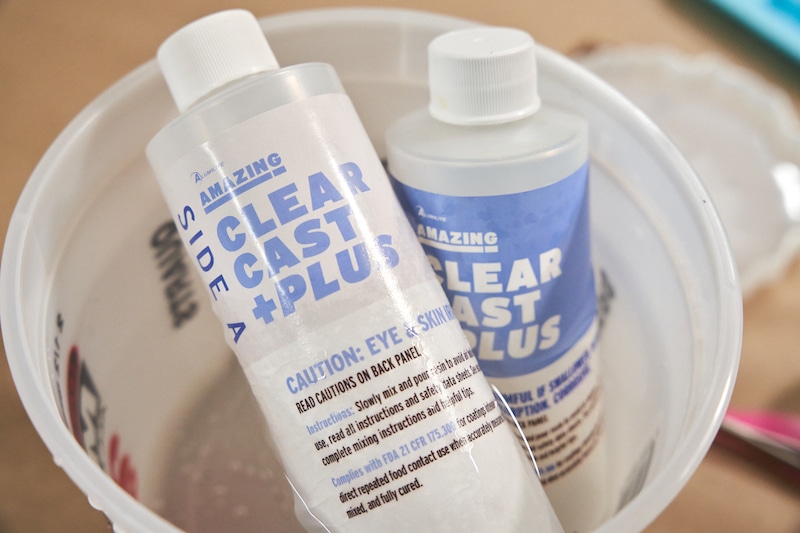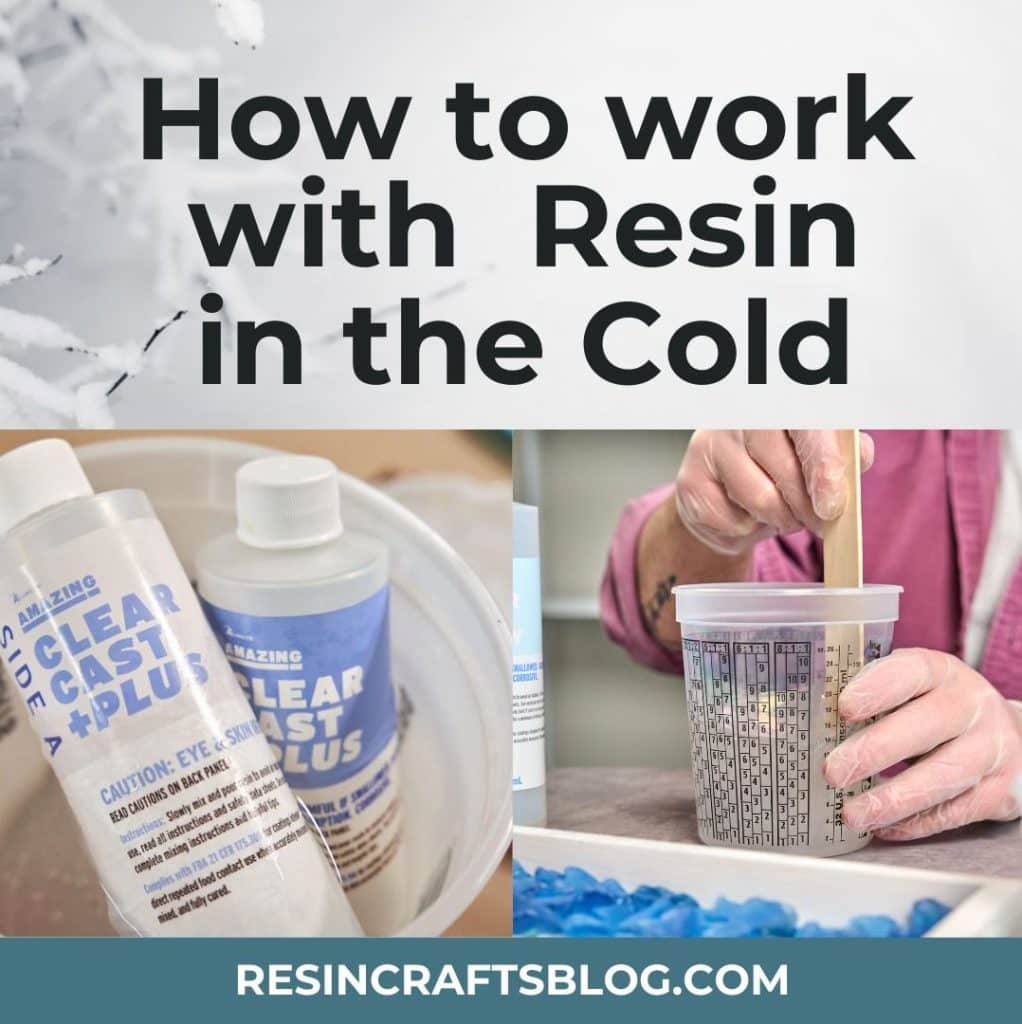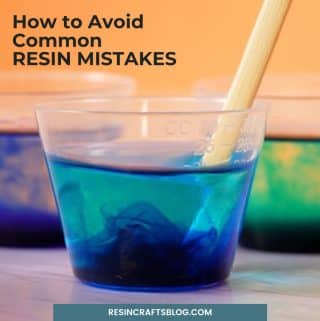Winter is here… and depending on where you live, that means the weather is changing and likely much colder. Since epoxy resin is heavily reliant on precise temperatures, it’s important to know how cold weather might play a role in your epoxy-making endeavors. And we’re here to help! Let’s talk about the major ways that temperature can negatively affect resin and how, if possible, you can combat these issues.
Cold Resin and Curing
New and experienced DIYers alike may wonder: Will epoxy resin cure in cold weather?
Since the ideal room temperature for working with epoxy is around 75 degrees Fahrenheit, anything lower will begin to alter the curing time. For some, this can work to their advantage. Since it will take longer for your project to cure, you’ll have a slightly longer working time. It won’t be a substantial amount of extra time, however. Besides, it’s important to keep in mind that the cold can continue to affect resin in other ways that are not as easy to work around. We’ll look at an example of this next, by talking about viscosity.
The space where your project is curing should be at a consistent temperature, between 65 and 75 degrees Fahrenheit. This will help ensure it cures properly.
Temperature and Product Viscosity
In colder temperatures, epoxy will not flow as smoothly. If you try mixing it in cooler climes, you may notice that it becomes a little bit thicker and more taffy-life. This means it will also be more difficult to mix thoroughly, which is essential for consistent cures and finishes. Under-mixing (article link) is, in fact, a common problem that resin users encounter.
While our resins are normally self-leveling and have high flow, the colder you allow them to get, the more likely this won’t be the case. When resin isn’t allowed to level properly, you get uneven surfaces and divots instead of the usual smooth, glossy cure. Additionally, the cold will cause bubbles to develop and the resin to become cloudy.
Humidity
Due to the fact that two-part epoxy resin requires such a carefully measured ratio, additional moisture in any capacity can have a negative effect. This is why you have to make sure all of your measuring cups and stirring utensils are dry before you use them as well.
How to Fight Cold Resin
Just like there are ways we can combat the elements for ourselves, there is a lot you can do to ensure that your epoxy resin stays the temperature you need to create your masterpieces. The best thing you can do is ensure that your workspace is of a sufficient temperature when you’re working with resin. The ideal temperature is between 65 and 75 degrees Fahrenheit.
Epoxy resin should always be stored in a place that is both cool and dark. By “cool”, we mean within the temperature range you should be working with epoxy at, as mentioned above. This will help prevent any future curing issues or yellowing from occurring within the bottles. Be sure to seal your bottles tightly (if they have been opened) before you store them!
Whenever you’re concerned about cold resin, you can always put the unopened bottles in a warm water bath before use. This will help bring the product up to that much-needed temperature range before you get to work. For optimal results, this should be done roughly 10–15 minutes before you begin measuring and mixing.

Warm baths may be necessary if your epoxy resin has traveled through frigid temperatures on the way to your doorstep. If you suspect that your product may have been exposed to the cold during the shopping process, use a warm water bath to help. However, you should definitely make sure that the bottles are sealed prior to the bath. If any water gets in the epoxy, this could adversely affect it, too.
Building A Resin Hot Box
Another way you can fight off the cold and help keep your resin at room temperature is by using a DIY resin hot box. They’re a fairly inexpensive way to control the temps during the curing process, especially with smaller projects.
To build your own heat box, there are a variety of options. Some people use cardboard boxes or wood to construct the box, then use a heat lamp or light bulb to maintain the temperature in the enclosed space. They’ve even insulated their boxes and used a thermometer to monitor how warm it gets.
Some people choose to build their heat boxes like this. Whatever approach you take, you should always be mindful of the temperature and be sure not to overheat anything. Additionally, always do your research and approach the construction of these boxes with safety (first and foremost) in mind!
If you have any additional questions about how temperature can affect the use of epoxy resin in your projects, feel free to reach out to us!
Happy crafting!



